We are designing two interface (printed) boards and need to connect them by cables (0.5-1.5m). So we're thinking about which connectors to use. We'd like to use twisted-pairs like in a RJ45 cable.
The problem is, we are talking about 200 signals (-10V to +10V), which would require 50x RJ45 cables.
Alternatives I know of are RJ21 or DSUB-50 cables, with 50 pins, 2x25 wires each. Buying them is way too expensive (at least in Germany, it would be around 450€ or more for 8 cables) and soldering 800 contacts is considered too much work for now (+120€ material). For comparison, we could get 50x RJ45-cables out of the box for 70€.
So I wonder if there is an alternative? Are there any cable standards which are as reliable and cheap as RJ45, but suitable for a larger number of signals? (If there wouldn't be the twisted pair condition, flat ribbon cables would be a good choice).
For the maximum frequency of the signals one could assume something around 200-500 kHz, the impedance of the cable should not matter too much, as the entry impedance of the end device is 1 MOhm (but I'm far from an expert in this matter).
Further clarification: We have about 60 analog signals and about 100 digital ones, just some of them have a high frequency and stiff edges, a lot others are just rarely changing signals for controlling a state space machine. About 40 of the 200 "signals" are actually ground.
I'm not searching for an improvement of the basic setup as it cannot be changed. Behind the interface boards directly follow the end devices. Apart from some little amplification and filtering of the analog signals, the purpose of the interface boards is to collect the signals of all sensors and actuators and redistribute them, to enable better cabling.
The system basically looks like is:
As the DSUB-50 connectors of the right system do not provide the possibility of twisted pair wiring in most cases, the idea was to directly connect the DSUB-50 with an interface board (without cables) to offer better suited connectors.
